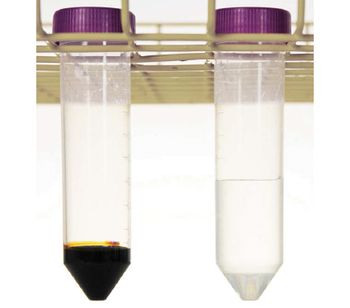
Application Notebook
CEM's Discover SP-D Gold microwave digestion system with high temperature and pressure chamber enables safe, fast, and automated preparation of previously difficult sample types

Application Notebook
CEM's Discover SP-D Gold microwave digestion system with high temperature and pressure chamber enables safe, fast, and automated preparation of previously difficult sample types
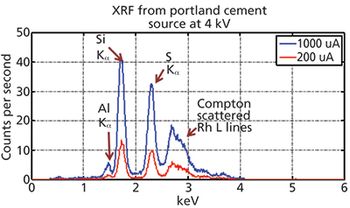
Application Notebook
The 12 W miniature source has a higher voltage and a much higher emission current than our present miniature X-ray sources, which is an advantage for a number of applications.
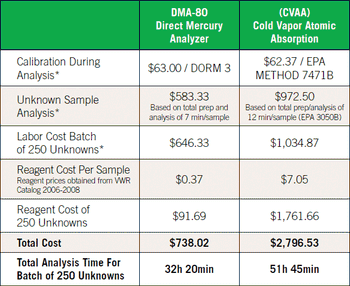
Application Notebook
The majority of environmental laboratories are currently using traditional techniques like cold vapor atomic absorption to analyze samples for mercury content.
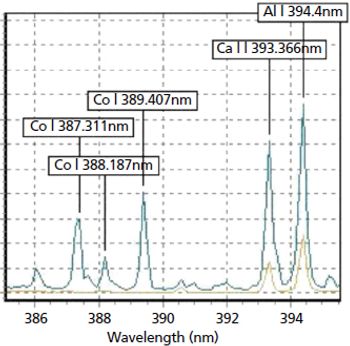
Application Notebook
The TSI® LIBS Desktop Analyzer laser induced breakdown spectroscopy (LIBS) instrument allows simultaneous determination of all detectable elements present in the material being analyzed.

Application Notebook
Portable 785 nm and 1064 nm excitation wavelength dispersive Raman instruments have proven their worth in materials identification, especially for forensics, pharmaceutical raw materials inspection, and first responders.
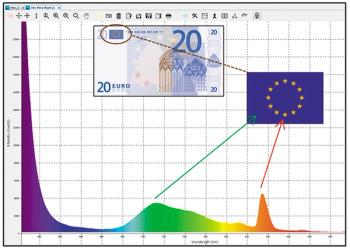
Application Notebook
Inks and pigments with optically unique properties can provide quick visual verification of authenticity, and can be difficult to replicate.

Application Notebook
In the agri-food sector it is important to not only study the soil composition and use of fertilizers, but also the uptake of nutrients and potentially toxic elements within the plants and crops themselves.
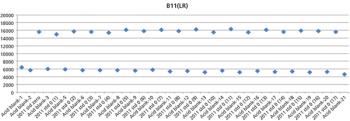
Application Notebook
Elemental ratio determinations in foraminiferal calcite require the measurement of trace levels of Na, Mg, Sr, and ultra-trace levels of Li, B, Ba, Cd, Mn, U in a calcium rich matrix and ratioed to calcium.
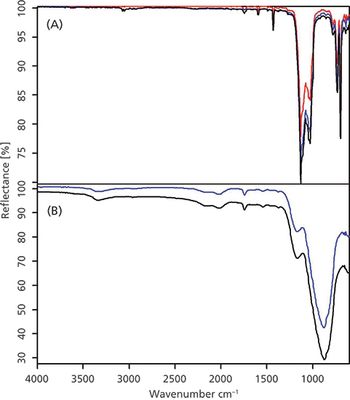
Application Notebook
Monolayers and other thin coatings on Si and other high refractive index substrates are of key importance in materials science, bioscience, synthetic organic, and semiconductor research.
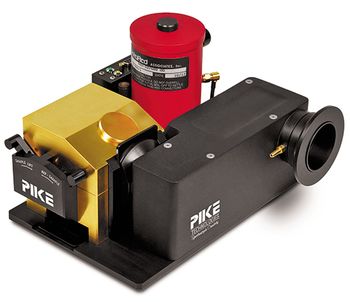
Application Notebook
Measuring the transmission of diffuse samples such as paper or filled polymer films requires an integrating sphere to obtain accurate transmission values and useful chemical information, because the IR light is scattered as it passes through the sample. An integrating sphere serves as a collection device for the scattered light.
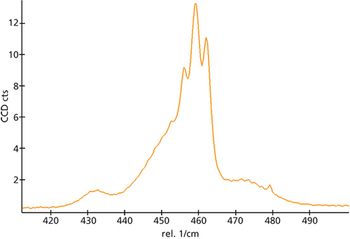
Application Notebook
Since Sir C.V. Raman discovered the Raman effect in the 1920s, it has become essential to many fields of research and industry.
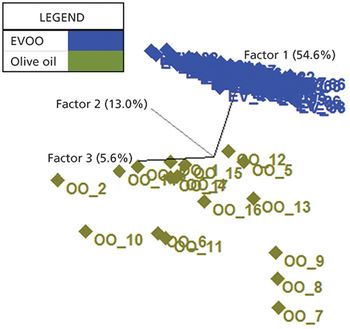
Application Notebook
Strict production requirements, consumer demand, and at times poor harvests, result in high prices and can limit the supply of EVOO. Consequently, EVOO is susceptible to economically motivated adulteration with less expensive oils and claims of authenticity continue to be a concern.
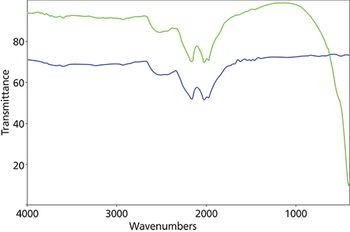
Application Notebook
Diamond is an important material choice for sampling optical elements in Fourier transform-infrared (FT-IR) spectroscopy.
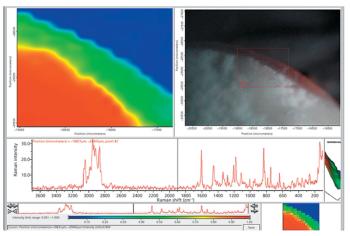
Application Notebook
Infrared and Raman spectroscopy are critical analytical techniques in the pharmaceutical industry, used for the structural elucidation and characterization of organic materials such as new drug candidates, impurities, metabolites, and excipients.
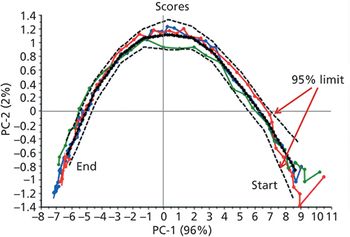
Application Notebook
Spectroscopic techniques have a long history as quantitative methods for on-line and at-line use in a wide range of industries, where, in many cases, they are more accurate than the reference methods. These processes are typically continuous, but time-depending processes such as batch processes are widely used in many industries.